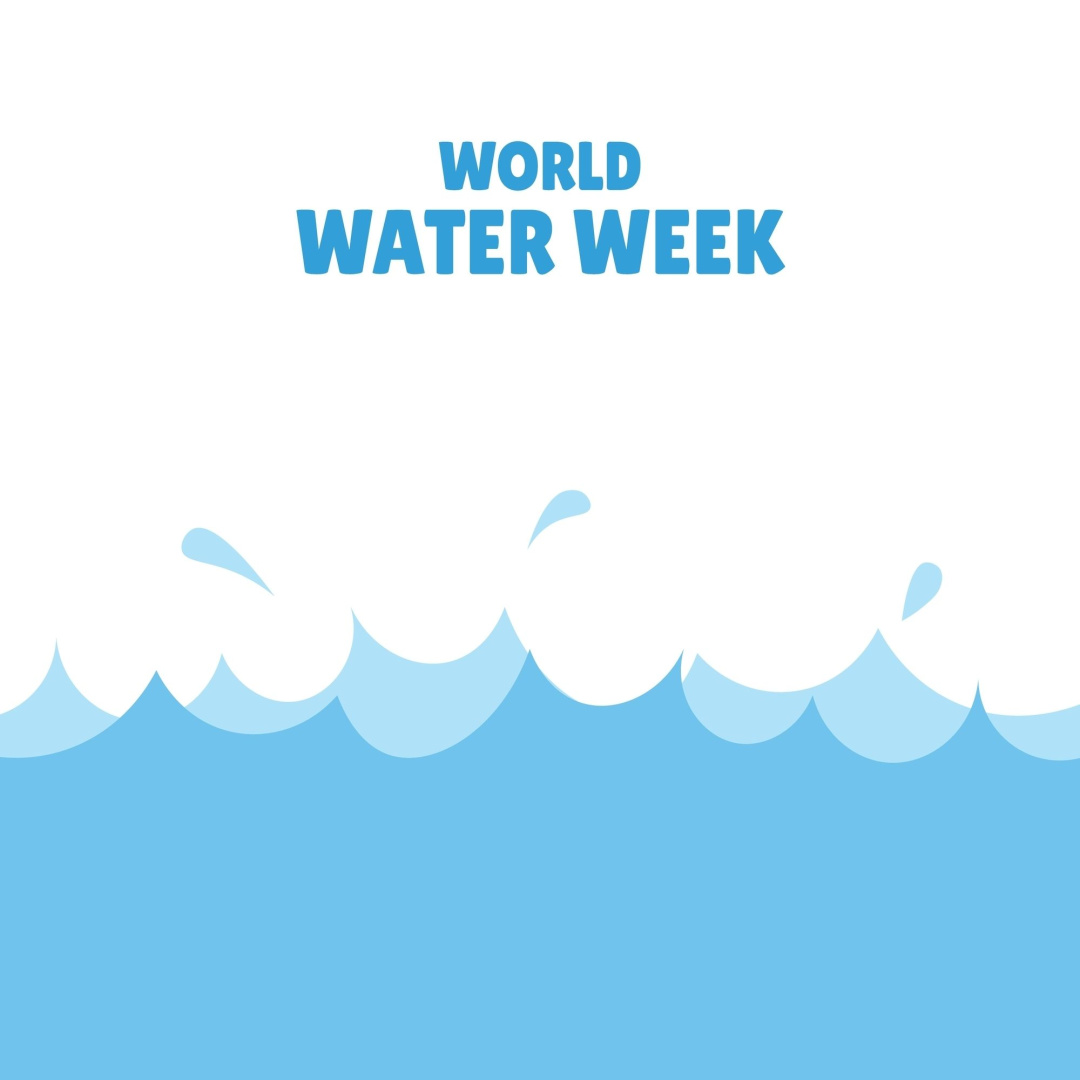World Water Week Featuring Reverse Osmosis Water System
In light of World Water Week (Aug 20-24th), let’s explore the innovative technology behind water purification, and reverse osmosis (RO) water systems. World Water Week is an annual event that highlights the importance of water conservation and purification efforts, so it may be worthwhile to consider how RO systems contribute to this important initiative and to learn what sets them apart from other water purification methods.
What is a Reverse Osmosis Water System?
Reverse Osmosis (RO) is a water purification process that utilizes semipermeable membranes and filters in order to remove unwanted impurities and harmful contaminants from the water. RO is also what makes desalination (or removing salt from seawater) possible; RO water systems have broad uses for recycling, wastewater treatment, and energy production. In all cases, by applying pressure, water molecules are forced through the membrane, leaving behind pollutants and producing pure, clean water.
How Does a Reverse Osmosis Water System Work?
The best Reverse Osmosis water systems consist of 5-6 purification stages. Water first passes through a pre-filtration process, removing larger particles and sediment. Then, it undergoes the reverse osmosis process, where a semipermeable membrane traps and eliminates contaminants such as bacteria, viruses, salts, and heavy metals. A polishing filter is sometimes applied to enhance taste, and finally, a boost feature can be added to re-introduce important minerals and electrolytes. At last, the clean, purified water is collected in a stainless steel storage tank, which can be treated with UV or activated oxygen to kill any unwanted microbes, so that it is ready for consumption.
Three Ways Reverse Osmosis Water Systems Differ From Other Systems
- Filtration Efficiency: According to the CDC, Reverse Osmosis systems are highly effective (99%) at removing a wide range of contaminants, including bacteria, microplastics, and viruses like norovirus.
- Selective Filtration: The semipermeable membrane is effective at blocking impurities based on size and charge. A reverse osmosis filter has a pore size of approximately 0.0001 microns, as opposed to the standard Brita filter pore size of 1 mm, (over 1 million times the size!)
- Application: RO systems are commonly used for residential drinking water, but they’re also common to commercial processing and industrial applications where high-quality purified water is required. These applications are especially important to any industry involving health and sanitation, such as schools, hospitals, and care facilities.
As we commemorate World Water Week, it’s crucial to recognize the importance of water conservation and purification efforts. Reverse Osmosis water systems play a significant role in providing clean and safe drinking water, contributing to a more water-conscious future. By understanding the technology behind RO systems and their advantages to alternative methods of purification, we can make informed choices to promote water sustainability in our communities. To appreciate and help support this initiative in an impactful manner, learn how businesses like Optimum, and communities at large have continued to support this important initiative. Clearly. Pure. Water.



